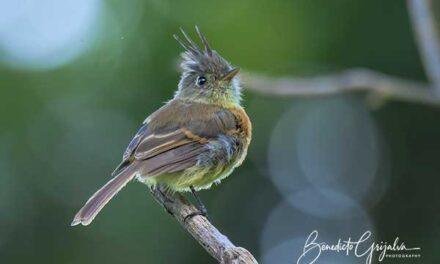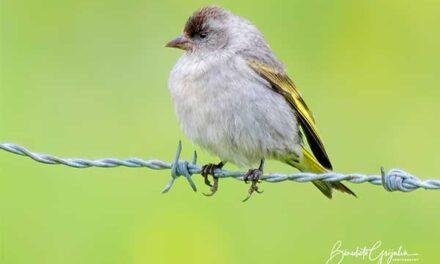Pink-headed Warbler: A Highland Treasure of Guatemala
Taking center stage among the avian wonders of Guatemala’s highlands, the Pink-headed Warbler (Cardellina versicolor) captivates birdwatchers with its vibrant hues. This charismatic bird graces the highlands of the neighboring Mexican state of Chiapas. Synonymous with the lush highlands, this warbler abounds above 2,000 meters.
Order: Passeriformes
Family: Parulidae
Genus: Cardellina.
Habitat and Distribution: An Exclusive Resident
Nestled in the highlands, the Pink-headed Warbler thrives primarily in oak-alder-conifer forests, relishing the embrace of pine, cypress, and fir trees. Additionally, it finds sanctuary amongst the shrubs. This bird remains endemic to a small part of the northern Neotropics, making Chiapas and Guatemala’s highlands its exclusive territory. Specifically, it boasts significant populations around Tacaná Volcano and Rancho Nuevo in Chiapas and western Guatemala’s highlands.
Appearance and Behavior: Social and Vibrant
Exhibiting a harmonious blend of pink and red feathers, both male and female Pink-headed Warblers share similar plumage. Outside the breeding season, these birds socialize in mixed flocks alongside other residents and migratory warblers. Interestingly, their globular nests are meticulously placed on the ground, showcasing the Pink-headed Warbler’s penchant for security and seclusion during the nesting period.
Breeding Season: A Flourish of Activity
Starting as early as January or February, the breeding season reaches its crescendo between March and May. During this period, we have witnessed the construction of domed nests with side entrances, ingeniously crafted from pine needles and lined with moss. The Pink-headed Warbler is a diligent parent with a clutch size ranging from 2 to 4 eggs. The eggs, which are white and adorned with light brown speckles, have an average length of 17.1 x 13.3 mm.
A Vulnerable Jewel
However, it is crucial to note that the Pink-headed Warbler is classified as Vulnerable due to the ongoing habitat loss resulting from expanding human populations. Conservation efforts are imperative to ensure the survival of this highland gem.
In conclusion, with its enchanting colors and intriguing behavior, the Pink-headed Warbler remains invaluable to Guatemala and Chiapas’ natural heritage. Its conservation is not just a matter of protecting a species but also safeguarding the rich biodiversity of the highlands.












